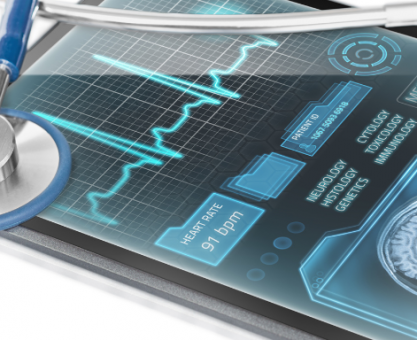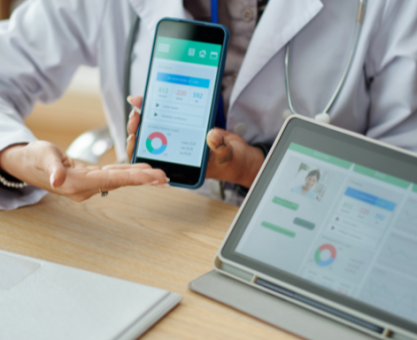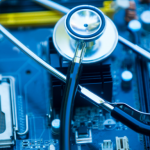Executive Summary
-
The Internet of Things (IoT) is revolutionizing the healthcare industry, offering significant investment opportunities.
-
Key areas of growth include remote patient monitoring, smart medical devices, and telemedicine.
-
Despite vast potential, challenges such as data security and regulatory compliance remain critical considerations.
-
Investors can benefit from understanding market trends and aligning with innovative healthcare technology ventures.
Introduction
Imagine a world where your smartphone not only monitors your heart rate but also predicts potential health issues before they arise. This is not a futuristic dream but a current reality, thanks to the integration of the Internet of Things (IoT) in healthcare. As IoT continues to transform the healthcare landscape, investors are presented with unprecedented opportunities. This article delves into the intersection of IoT and healthcare, exploring investment prospects and the factors shaping this dynamic sector.
Definitions / Context
IoT in Healthcare: The integration of IoT technology into healthcare systems involves connecting medical devices, sensors, and software applications to collect and exchange health data in real time. This ecosystem facilitates improved patient care and operational efficiency.
Benefits / Pros
-
Remote Patient Monitoring (RPM): IoT enables continuous monitoring of patients’ vitals, reducing the need for frequent hospital visits.
-
Smart Medical Devices: Innovations such as smart inhalers and connected insulin pens enhance treatment adherence and outcomes.
-
Telemedicine: IoT supports virtual consultations, making healthcare more accessible, especially in remote areas.
Risks / Cons / Challenges
-
Data Security: Protecting sensitive health data from cyber threats is crucial.
-
Regulatory Compliance: Navigating the complex regulatory landscape can be challenging for companies developing IoT solutions.
-
Interoperability: Ensuring seamless integration across various IoT devices and platforms is a technical hurdle.
Consider the case of MedTech Solutions, a company that implemented IoT-enabled devices in hospitals to monitor patient recovery post-surgery. By leveraging real-time data analytics, they reduced patient readmission rates by 20% within the first year, demonstrating the potential of IoT in enhancing patient outcomes and operational efficiency.
– Case Study: MedTech Solutions
Expert Tips / Strategic Insights
-
Focus on User-Friendly Solutions: Epiidosis recommends investing in IoT healthcare solutions that prioritize ease of use for both healthcare professionals and patients.
-
Stay Ahead of Regulatory Changes: Keeping abreast of regulatory updates ensures compliance and mitigates potential legal risks.
-
Leverage Data Analytics: Utilize advanced analytics to unlock insights from IoT-generated data, driving better decision-making and personalized healthcare.
Tools / Resources / Calculators
-
IoT Security Checklist: Ensure your investment aligns with best practices for data protection.
-
Healthcare IoT Market Estimator: Project market growth and potential returns on investment.
Conclusion
The convergence of IoT and healthcare presents a fertile ground for investment. By understanding the technological, regulatory, and market nuances, investors can strategically position themselves to capitalize on this burgeoning sector. Speak to our advisors for a tailored investment strategy that aligns with the future of healthcare technology.





















